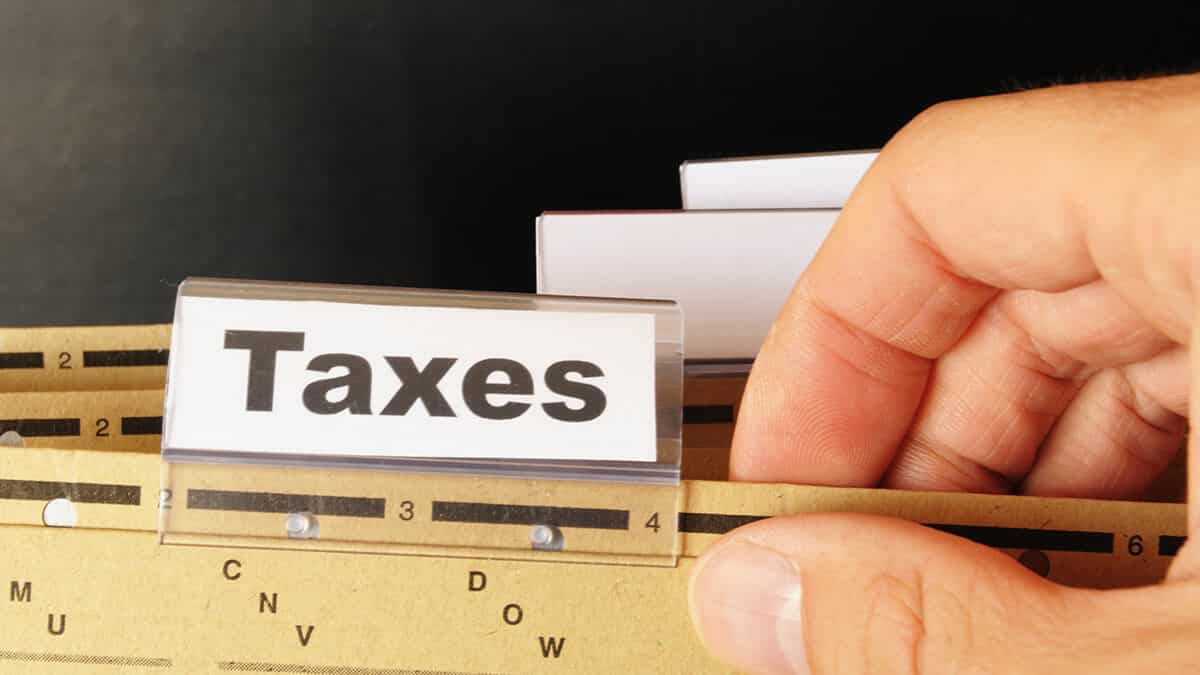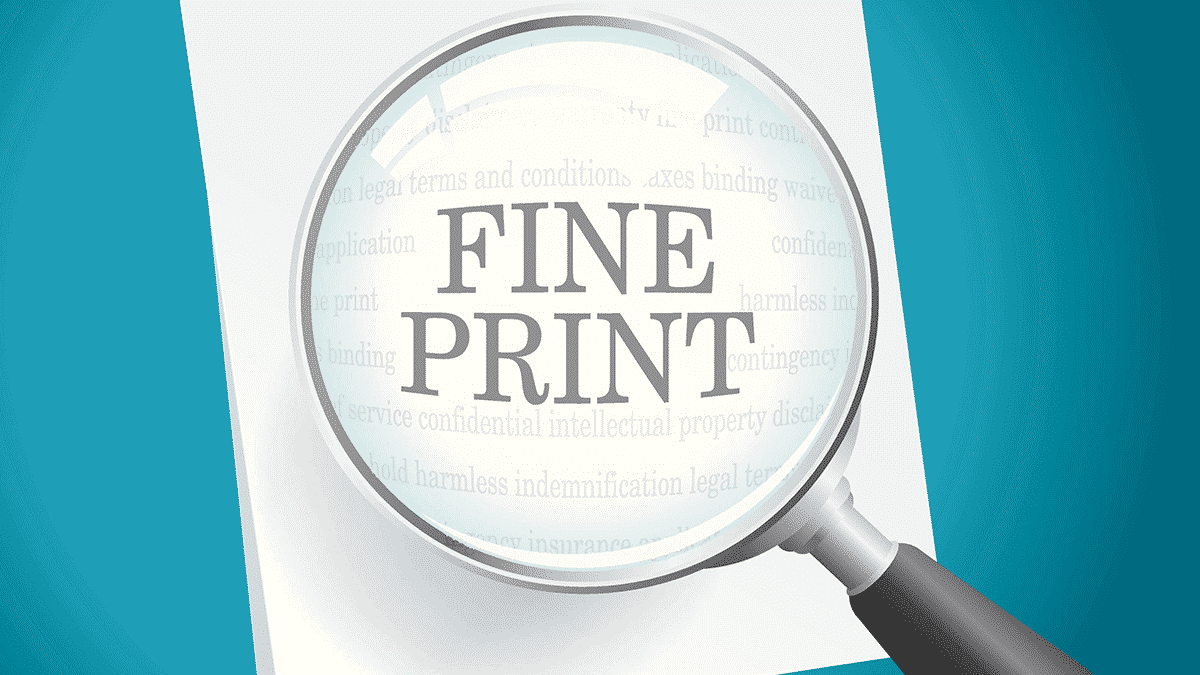In this guide
Investment markets buoyed by a booming technology sector, strengthening consumer spending, and easing inflation last financial year led to impressive year-end returns for super funds.
That means many people will be eager to check out how their super is doing when their annual member statement appears in their inbox or mail.
Even when you’re keen to read your annual statement, however, it can be hard to know what to make of it. Despite the unfamiliar figures and terms, it’s important to check at least a few key points to ensure your retirement plan is still on track.
So, here is SuperGuide’s 10-point list to help you make sense of your super statement.
Click the button to download this checklist if you would like to print it and tick off each step.
1. Your personal details
- Verify the accuracy of your personal details to avoid problems later
- Ensure both your email and postal address are still correct
- Verify your super fund has your tax file number (TFN) or you may pay extra tax. This is generally noted as ‘supplied’. Without a TFN, your fund cannot accept personal super contributions from you.
2. Your account balance
- Check your account’s opening and closing balance to see how much you had in your account at the start and the end of the financial year.
- Understand the different components making up your account balance:
- Preserved: Can be withdrawn if you satisfy a condition of release.
- Restricted non-preserved: Can be withdrawn when you leave your employer or satisfy another condition of release. Usually only applies to contributions made prior to 1 July 1999.
- Unrestricted non-preserved: Can be withdrawn at any time, but tax may apply.
3. Your fees
Check your fees and costs summary. This will be broken down into fees deducted directly from your account and fees and costs deducted from your investments. You can see the individual costs deducted from your account in your transaction statement.
- Fees commonly deducted from your balance are:
- Administration fees (which may be a fixed dollar amount or a percentage of your balance) Insurance premiums/feesinvestment switching fees
- Adviser service fees (if you have a linked financial adviser)
- Tax benefits on fees (this is usually a credit rather than a deduction – it shows the benefit of tax deductions that your fund has passed on to you to help reduce fees.
- Fees deducted from your investments may include:
- Investment fees and costs (fees charged by investment managers and costs associated with investing – the level of these fees varies depending on the investment option you select)
- Administration fees deducted from returns
- Compare your annual fees with those of a similar super fund to check you aren’t paying too much. Consider switching funds if you believe your fees are too high.
4. Your insurance
- Check any insurance cover you have with your super account and how much you’re being charged for it.
- Check what type of cover you have – super funds commonly offer death, permanent disability and income protection insurance.
- If you don’t have any insurance cover, or are missing one or more of the types of cover, think about whether you need it, as buying insurance through your super fund can be both cost effective and tax effective. Your fund’s website and Product Disclosure Statement (PDS) will describe the cover that is available and what it costs.
- Review whether the amount of insurance provided by your super fund is at the right level for your personal circumstances. This is important if things have changed at home, such as the arrival of a new baby, or if you and your partner have separated.
- Think about whether your current level of insurance protection would cover the regular bills or pay off your mortgage if something adverse happened. It’s sensible to review your insurance cover annually or as your financial circumstances change. You can apply for extra cover or another type of cover with your fund if you need it.
- Ensure you’re not paying for insurance you don’t need if you hold an insurance policy outside super. If you also have a policy outside super that provides the same type of cover, consider cancelling one to save money.
5. Your investment return
- Check how your investment option has performed this year and how your investment return compares to its benchmark. If its performance is similar or better than its benchmark, the fund’s investment team is doing its job.
- Consider whether your return expectations are reasonable. If you’re unhappy with your investment return, compare it with returns for the broader investment market and with similar investment options from other super funds.
- Focus on long-term investment returns, not just this year’s result. Your statement should show returns over five and 10 years compared to the benchmark. One bad year may be unimportant if the fund’s long-term results are good – this year’s superstar can be next year’s dud, so there’s not much to gain from shifting super funds if your long-term returns are solid.
6. Your investment option
- Check the investment option listed on your super statement. Each investment option has a different combination of assets such as Australian and international shares, property, fixed interest and cash.
- Think about whether your investment option (such as high growth, balanced, conservative or cash) reflects your current risk profile. Generally, younger fund members can afford to have a higher allocation to growth assets, while members closer to retirement may lean towards a more defensive mix.
7. Your contributions and transactions
- Review the list of transactions for your super account during the year. Ensure it includes your employer’s contributions and any personal contributions you made during the year. You should also check the fees and insurance premiums debited from your account.
- Check your employer put regular Superannuation Guarantee (SG) amounts into your super account. If their SG contributions are not listed, contact your employer or HR person immediately.
- Check your employer paid your salary-sacrifice contributions into your super account if you salary sacrificed to super during the period.
- Check contributions tax was deducted for any personal contributions you claimed as a tax deduction. If you didn’t submit your notice of intent to claim a deduction until after 30 June, this transaction won’t appear on your annual statement, but you can see it in your online transaction summary.
8. Your beneficiaries
- Check the beneficiary, or beneficiaries, nominated to receive the balance of your super account and any insurance benefit if you die, and update the details if they no longer reflect your wishes.
- If your nomination is binding, check the day it is set to expire. Set a calendar reminder to renew your nomination in the month prior to its expiration.
- If your nomination isn’t currently binding, consider whether you would like to make a binding nomination now for more certainty about who will receive your super when you die.
9. Your retirement plans
- Consider if your retirement is on track, given the information in your member statement. Many super funds now provide a projection of your likely account balance at retirement on your annual statement. Your statement may also show an estimate of the income this balance is expected to generate in retirement, and the impact that making additional contributions could have on your outcome.
- Think about whether your current level of super contributions will take you to your retirement savings goal, or whether you will need to make additional contributions in the coming year to get there.
10. Your satisfaction
- Review whether you’re satisfied with your current super fund. Are the investment options it offers right for you? How does its customer service stack up? Is the education and insurance it offers aligned with what you want or need?
- Consider whether you want to consolidate your retirement savings if you have multiple super accounts. Before making any decision, compare each super fund and ensure you check whether you can get the same insurance cover if you merge your existing accounts.

















Leave a comment
You must be a SuperGuide member and logged in to add a comment or question.